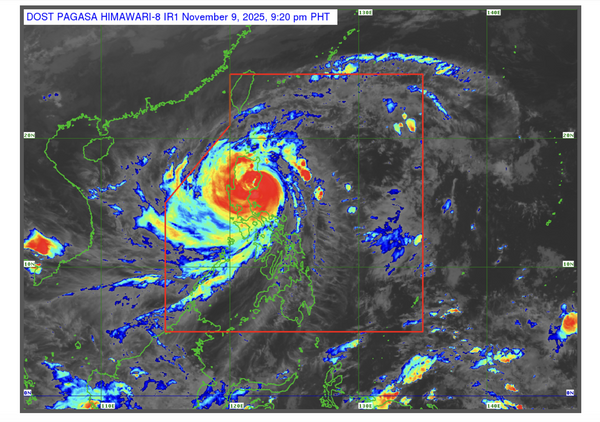As the third wave of COVID-19 continues to see cases mounting, the numbers in districts other than Bengaluru Urban are showing a worrying upward trend. Mysuru, Hassan and Tumakuru have started reporting over a 1,000 cases a day even as Karnataka has been recording upward of 30,000 cases daily. Though the capital city has stayed true to earlier trends, accounting for much of the overall numbers, other districts are now significant contributors.
Acknowledging this, Health Minister K. Sudhakar, on Monday, tweeted, “Caseload of Bengaluru, which accounted for about 75% of the caseload of the State for the last two weeks, falls below 68% as cases in districts rise.”
On Monday, while Bengaluru Urban reported 15,947 new cases, Mysuru had 1,770 new cases, Tumakuru 1,147, and Hassan 1,050.
C.N. Manjunath, nodal officer for labs and testing in the State’s COVID-19 task force and member of State’s Clinical Expert Committee, said this has been the usual sequence of the spread.
“We have seen the same pattern in the first and second waves; there is a gap of two to three weeks between Bengaluru and the rest of the state. It surges in the capital and then starts moving to rural and semi urban areas. This is also the usual trend in the rest of the country. Contributory factors include people moving between the city and districts, village festivals, religious activities, weddings and elections,” he explained.
With a full lockdown ruled out for now, what can be done to contain the spread? Dr. Manjunath pointed out that wearing a mask is important, but people have become complacent.
“In the city, at least 30-40% of people are wearing masks. In the villages, it is almost not there. In marriages and local functions, there are group dinners. The most important thing is, people should cooperate. Control or containment is not just the government’s job. People should follow guidelines.”
He also pointed out that there is testing hesitancy, more so in villages. “District authorities should regulate gatherings - whether social, political or religious,” he said, also discouraging people from travelling between districts for the next few weeks.
Though hospital and treatment infrastructure have been augmented and equipped in the districts as well, and hospitalisation - especially ICU - is significantly less as of now, those with a subset of comorbidities are at risk and infection could be fatal, Dr. Manjunath warned.
“Lung involvement is spared in most patients by this variant. Those with chronic kidney, liver or heart diseases, people who are obese, or with malignencies should be more careful. They should be protected with masks and from gatherings. Though mortality is low, among these subset of people with comorbidities, it can be fatal,” he warned.







